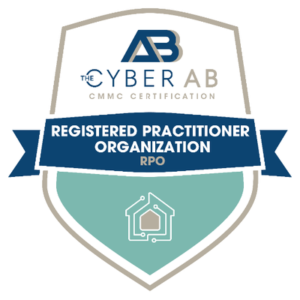Identity hijacking happens when hackers get unauthorized access to someone else’s identity information and use it to commit fraud. The hackers could steal usernames, passwords, social security numbers, credit card details or other sensitive information to impersonate the victim and commit fraud, steal data or access systems unauthorized.
Recently, hackers have employed artificial intelligence (AI) to create deepfakes, leveraging the stolen data to hijack identities and fool victims. For example, hackers used fake videos of senior corporate officials to steal $26 million from a Hong Kong-based company.
Strategies to Prevent AI Identity Hijacking
Preventing identity hijacking via deepfakes requires a combination of technological solutions, employee training and vigilant monitoring. Here are some strategies organizations can use to thwart AI-based identity hijacking:
- Verification Tools: Implement digital verification tools and techniques to catch deepfakes, such as algorithms that analyze video or audio files for inconsistencies, metadata analysis and reverse image or audio searches to identify original sources.
- Employee Training: Educate your employees about deepfake technology and its risks. Ensure they know how to spot manipulated media and verify the authenticity of the content before acting.
- Watermarking/Digital Signatures: To verify the authenticity of media files and documents, use watermarking and digital signatures. Cryptographic signatures and unique identifiers can help verify the integrity of content.
- Authentication: Enhance authentication mechanisms for accessing sensitive data and systems, such as implementing multi-factor authentication (MFA) and biometric authentication to add layers of security beyond passwords.
- Secure Communication: Use secure communication channels like encrypted messaging platforms to reduce the risk of deepfake attacks on sensitive conversations and meetings.
- Content Policies: Create clear policies and procedures for creating and sharing sensitive content. Establish guidelines for verifying the authenticity of media shared internally and externally.
- Tech Partner Collaboration: Collaborate with technology partners and experts in AI and cybersecurity to develop and implement deepfake content detection and prevention solutions.
- Security Audits: Assess the organization’s vulnerability to deepfake attacks with regular security audits. Identify and fix any weaknesses in systems, processes or employee awareness.
- Incident Response: Create an incident response plan that includes protocols for detecting and responding to deepfakes. Clearly define roles, responsibilities, escalation procedures and communication strategies for handling suspected incidents.
Organizations can better protect their reputation, sensitive information and stakeholders from the harmful effects of manipulated media by taking a proactive and multi-layered approach to preventing identity hijacking via deepfakes.
MBL Technologies provides comprehensive cybersecurity services for long-term, sustainable solutions that address every facet of the evolving threat landscape, including AI-based identity hijacking. We help you boost your cybersecurity posture and implement next-gen MFA to stop identity theft and other types of cyberattacks. Contact us today to learn more.




